- myFICO® Forums
- Types of Credit
- Credit Cards
- Re: Confused - should I PIF before or after statem...
- Subscribe to RSS Feed
- Mark Topic as New
- Mark Topic as Read
- Float this Topic for Current User
- Bookmark
- Subscribe
- Mute
- Printer Friendly Page
Confused - should I PIF before or after statement cuts?
Is your credit card giving you the perks you want?
Browse credit cards from a variety of issuers to see if there's a better card for you.
- « Previous
-
- 1
- 2
- Next »
- Mark as New
- Bookmark
- Subscribe
- Mute
- Subscribe to RSS Feed
- Permalink
- Report Inappropriate Content
Re: Confused - should I PIF before or after statement cuts?
@Anonymous wrote:I've read so much that I've now confused myself, so I thought I'd just post my exact situation and see what you all recommend.
I've been recently discharged of a BK7 and am now starting to rebuild my credit. Let's just say I have 3 cards that I will use monthly and PIF.
Card 1 - $1000-1500 monthly spending - $2000 limit
Card 2 - $30-50 monthly spending - $1000 limit
Card 3 - $10-15 monthly spending - $300 limit
Should I PIF before or after statement cuts? Should I apply the same rules to all 3 cards (or should I pay some prior to statement, some after?)?
My concern with PIF before statement cuts is that if I always show no or only a very small balance on my CR, how am I proving to other creditors that I can trusted borrow and repay? My CR will only reflect small balances being paid.
My concern with PIF after statement cuts, particularly on card 1, is that assuming my monthly spending remains the same, it'll appear that I always have a 1000-1500 balance, basically not giving me credit for PIF every month.
If it matters any, I have no big applications in the near future (house or car), only potentially some new cards in a few months.
What would you do? Reading this site has changed me so much (for the better!) but probably also made me a little too obsessive!
Thanks in advance for the advice.
If it were me I would:
1) First rule always pay whatever reports on statements in full - always.
2) Allow balances to report on 1 or 2 of 3 cards in a given month [e.g. rotate between cards 2 and 3]. Don't report balances on 100% of cards.
3) Maintain aggregate utilization under 30% at all times - prepay some accumulated charges on the primary card as needed before statement cuts to stay under 30%
4) Maintain individual card utilization(s) under 50% at all times - pay off charges as needed to stay under 50%.
If you don't need any new credit near term, don't worry about "optimizing tactics" to maximize score. However, DO PIF statement balances on all cards to avoid any interest charges. The above approach will net you a good score but may be 20 points below maximum possible for your profile. This approach won't inhibit you from getting CLIs or new credit cards. You may not get "the best" APR but, if you PIF before due date, who cares.
I prefer to keep things simple - statement cuts, pay amount owed. Unfortunately with your monthly spend that potentially puts you over my suggested 30% AG, 50% Card guideline. You would need to make 2 payments per month on your primary card to meet the criteria [one before statement cuts and one for whatever reports on the statement) ... However, if you can request/receive a CLI on your primary card to $3500 (or $5000), it could simplify payment strategy. Suggest trying to increase CL on card #2 to $1500 as well.
Fico 8: .......EQ 850 TU 850 EX 850
Fico 4 .....:. EQ 809 TU 823 EX 830 EX Fico 98: 842
Fico 8 BC:. EQ 892 TU 900 EX 900
Fico 8 AU:. EQ 887 TU 897 EX 899
Fico 4 BC:. EQ 826 TU 858, EX Fico 98 BC: 870
Fico 4 AU:. EQ 831 TU 872, EX Fico 98 AU: 861
VS 3.0:...... EQ 835 TU 835 EX 835
CBIS: ........EQ LN Auto 940 EQ LN Home 870 TU Auto 902 TU Home 950
- Mark as New
- Bookmark
- Subscribe
- Mute
- Subscribe to RSS Feed
- Permalink
- Report Inappropriate Content
Re: Confused - should I PIF before or after statement cuts?
PIF WEEKLY.
Let 1-5% of your CL go to statement then pay it off.
This insures that the payment gets reported.
See my signature - BK 18 months ago.
Hang in there, it gets better.
DON'T WORK FOR CREDIT CARDS ... MAKE CREDIT CARDS WORK FOR YOU!
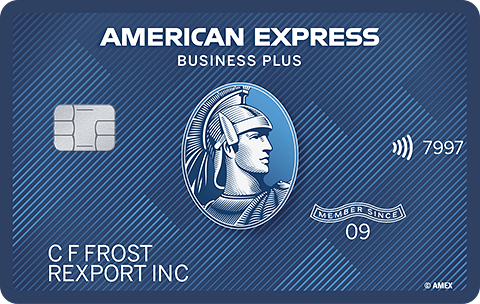
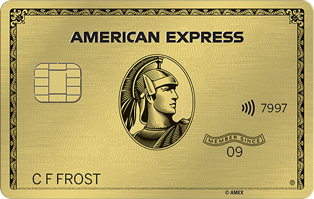
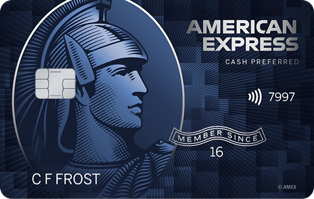



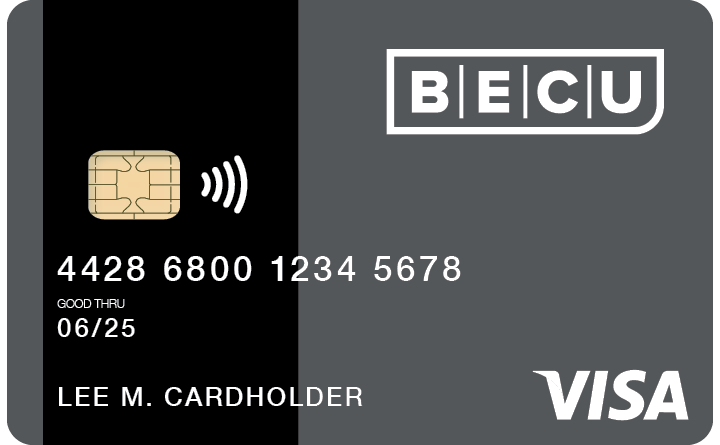
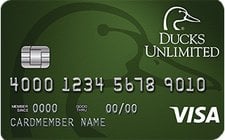

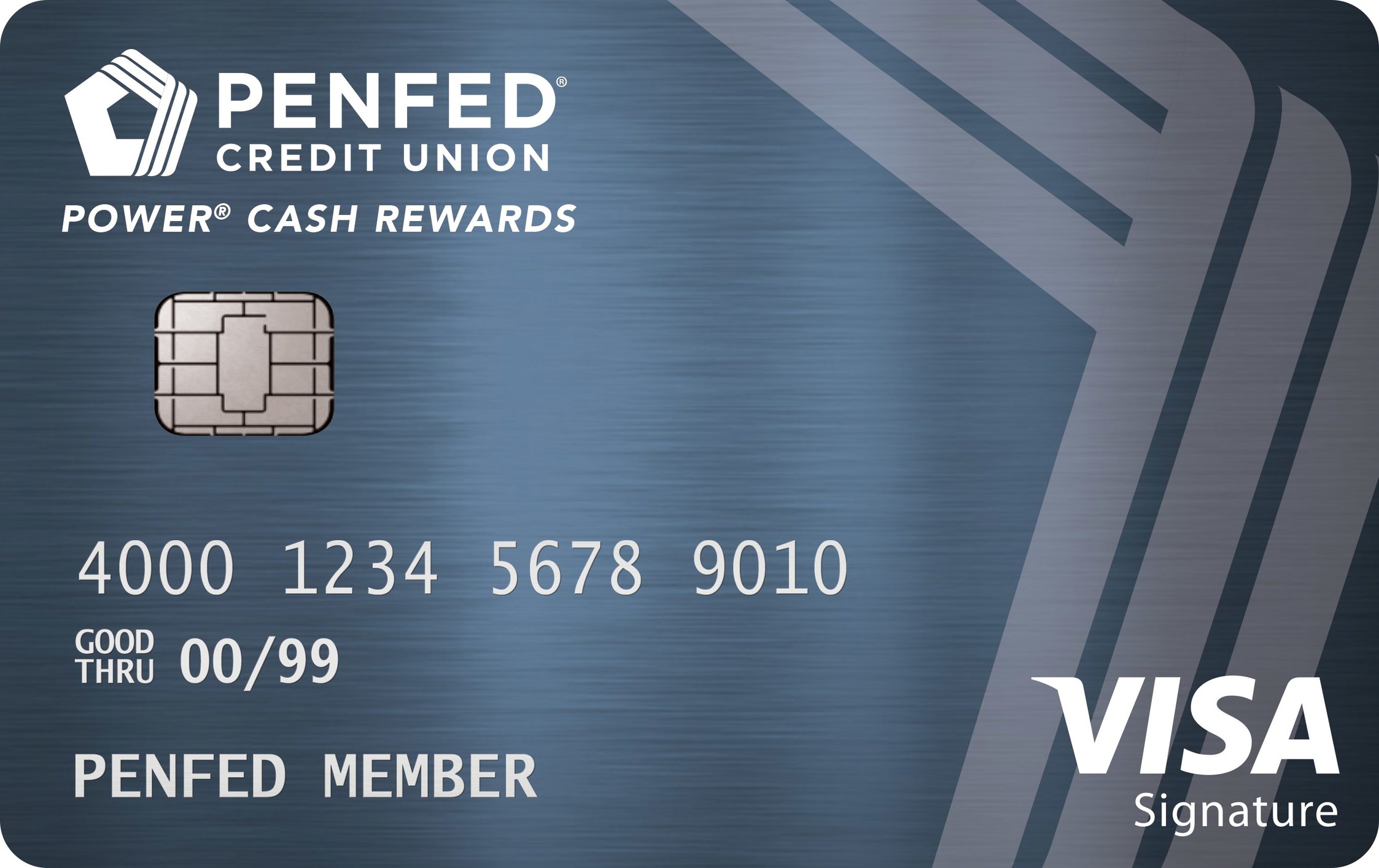
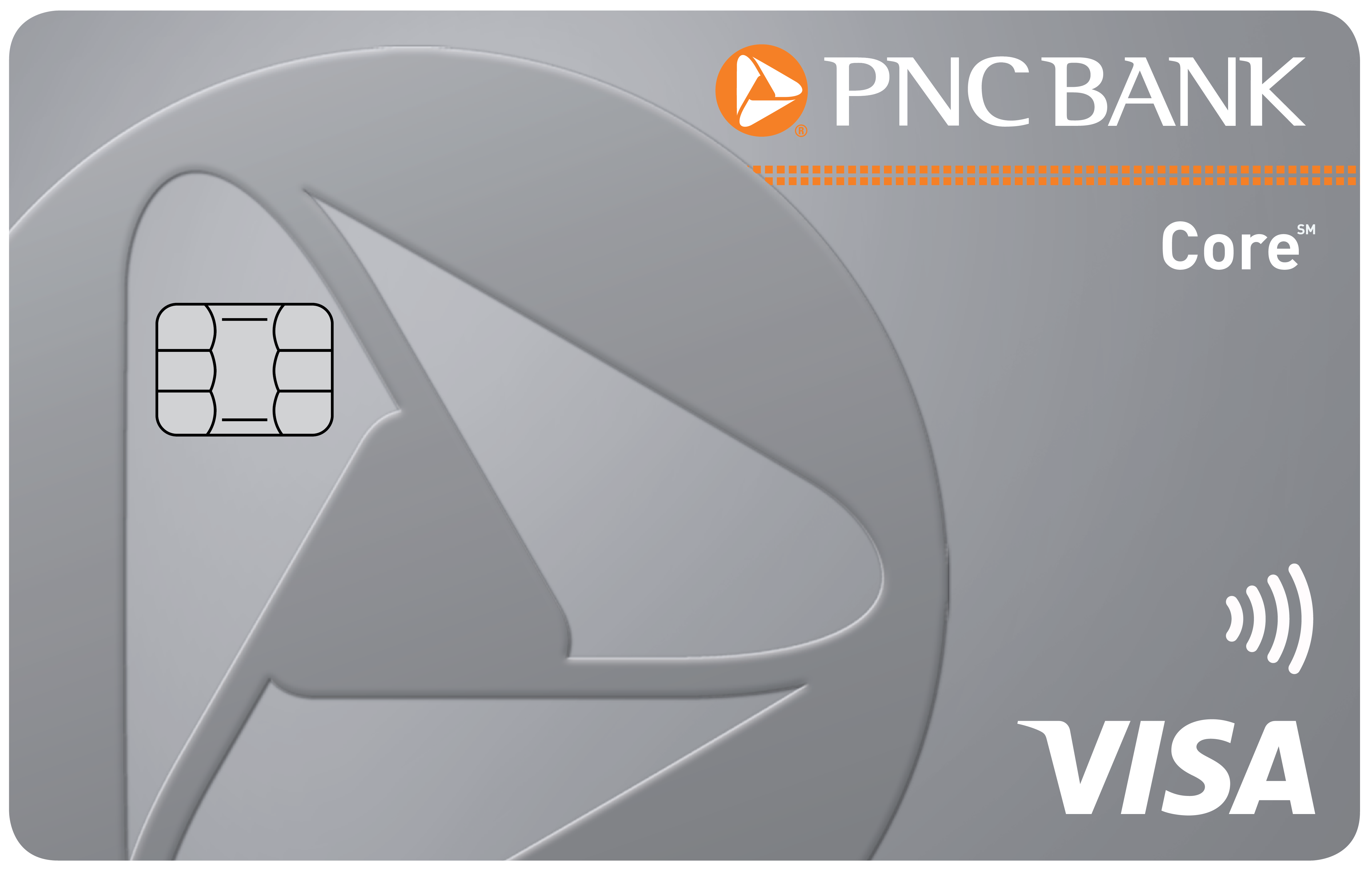

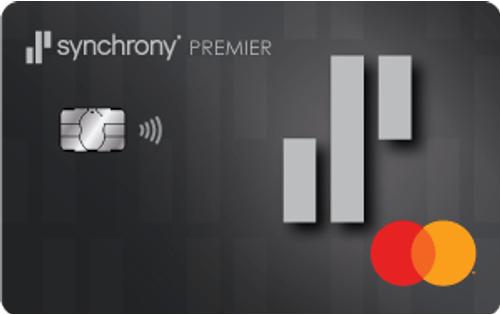

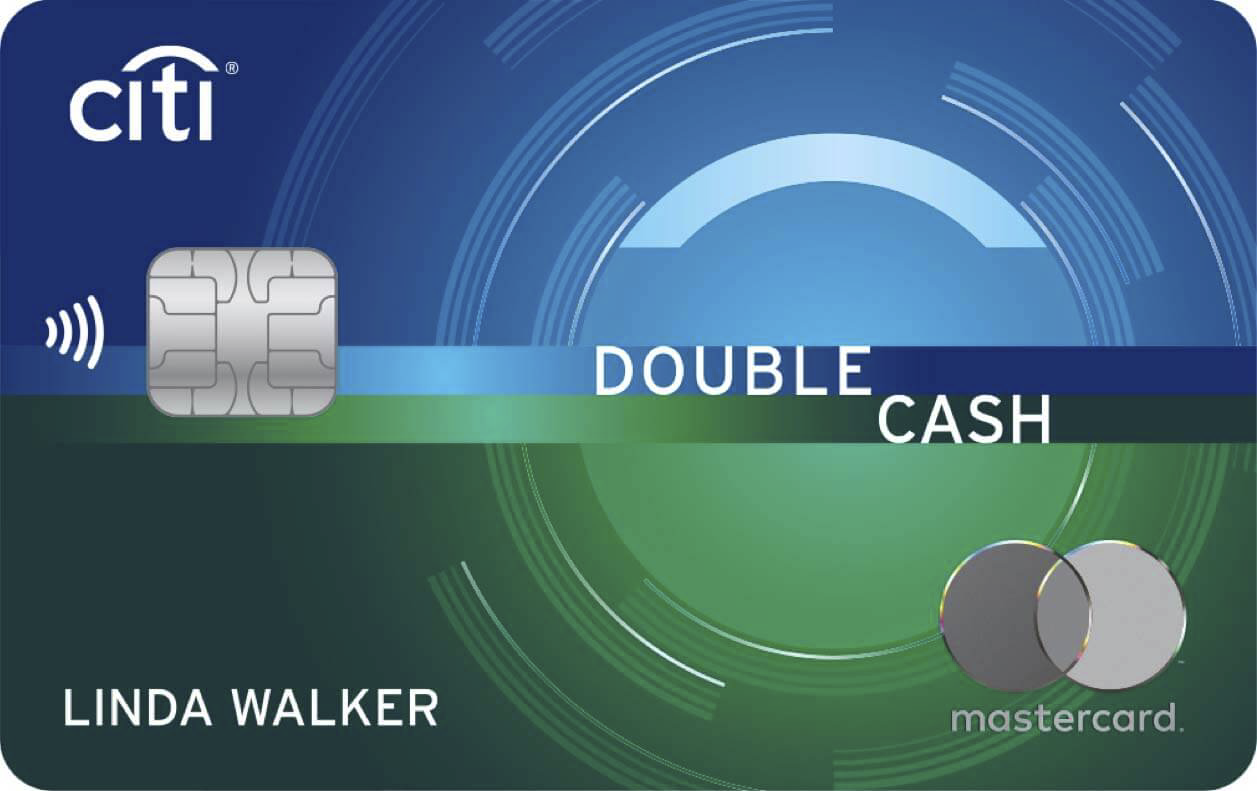


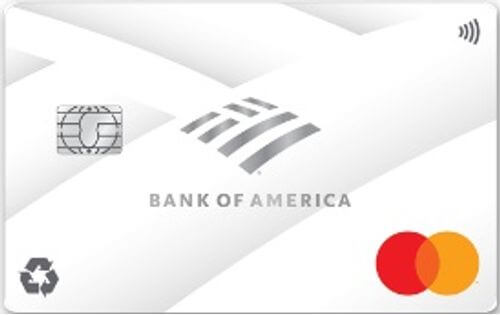










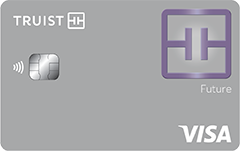



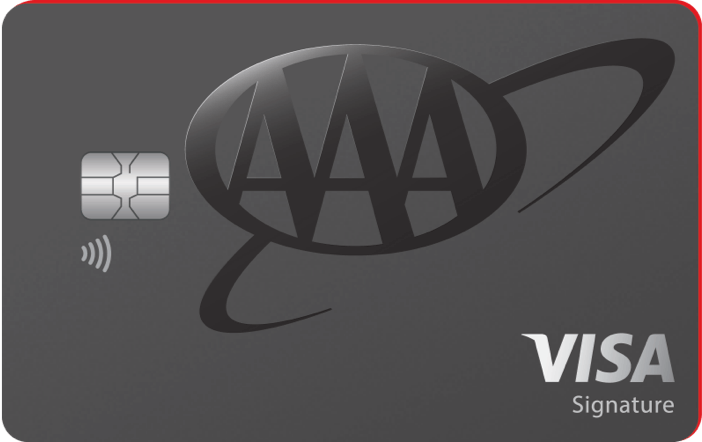




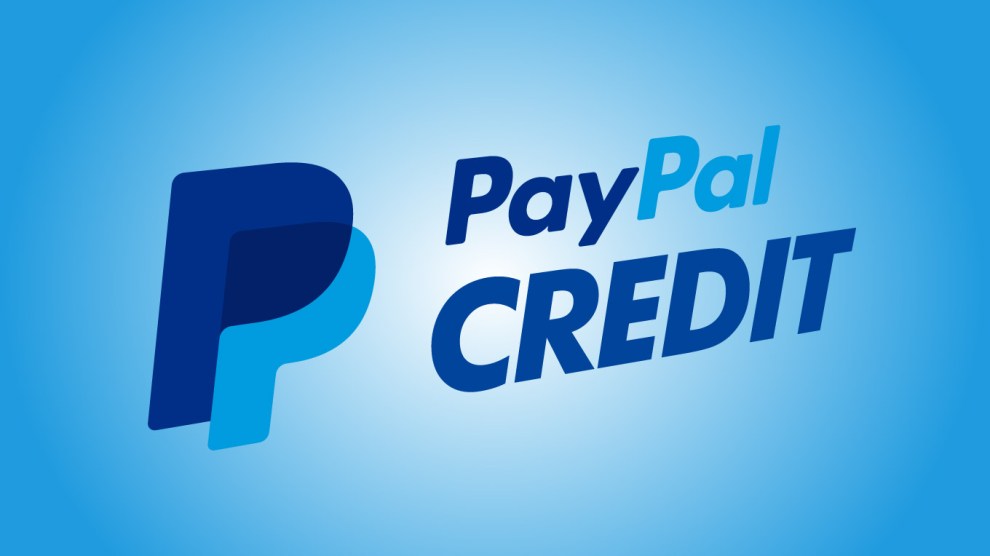



- Mark as New
- Bookmark
- Subscribe
- Mute
- Subscribe to RSS Feed
- Permalink
- Report Inappropriate Content
Re: Confused - should I PIF before or after statement cuts?
@Anonymous wrote:Thanks for the tips everyone.
What I think I will do is simply PIF all of the cards besides the QS1 prior to statement cut. I'll also pay down the QS1 to less than 30% utilization prior to statement cut.
When I am ready to apply for any new cards, I will PIF every card prior to statement cut. The only new cards I really want to get in the next year would be the next-tier Capital One cards, who I'm sure will know how much I spend/pay every month since 99% of my spending will go through the QS1.
This is true. Which makes the whole "pay before statement cut" game pointless, except if you are close to the limit on any one card.
I've had my $10k Capital One card up to 87% (2004), re-upped it to 97% (2005) on a Forever 2.99% BT, took 8 years to pay it off, then charged it up to 50% in late 2013. Then got Venture this year for $30k.
Oct 2014 $46k on $127k 36% util EQ 722 TU 727 EX 727
April 2018 $18k on $344k 5% util EQ 806 TU 810 EX 812
Jan 2019 $7.6k on $360k EQ 832 TU 839 EX 831
March 2021 $33k on $312k EQ 796 TU 798 EX 801
May 2021 Paid all Installments and Mortgages, one new Mortgage EQ 761 TY 774 EX 777
April 2022 EQ=811 TU=807 EX=805 - TU VS 3.0 765

- Mark as New
- Bookmark
- Subscribe
- Mute
- Subscribe to RSS Feed
- Permalink
- Report Inappropriate Content
Re: Confused - should I PIF before or after statement cuts?
@Anonymous wrote:should I PIF before or after statement cuts?
Instead of trying to remember every possible permutation of factors, number of cards, different balance amount, etc you really just need to consider what you're trying to accomplish. Otherwise you're missing the forest for the trees and it's no wonder that you're confused.
If you're looking to eke out every possible point when applying for credit then you might want to micromanage your revolving utilization and number of reporting balances. Personally, I don't but my revolving utilization is very low without it and my FICO 8's are well above the 740-760 mark.
Other than that, try to keep reported revolving utilization at 30% or less. Short term high utilization (e.g. no big deal if you're high one cycle) generally isn't an issue but prologned high utilization can lead to trouble.
@Anonymous wrote:My concern with PIF before statement cuts is that if I always show no or only a very small balance on my CR, how am I proving to other creditors that I can trusted borrow and repay? My CR will only reflect small balances being paid.
Not as big a deal as people make it out to be IMO. Focus on the standard factors:
http://www.myfico.com/crediteducation/whatsinyourscore.aspx
@Anonymous wrote:I think we weren't clear earlier, so let me clarify now: although there is debate about the merits of PIF before or after statement cut
There's no debate. There is, however, plenty of confusion among people just starting out but it's very straightforward. The point of paying before the report date (not all cards report on statement date) is to reduce the reported balance and reported revolving utilization.
- Mark as New
- Bookmark
- Subscribe
- Mute
- Subscribe to RSS Feed
- Permalink
- Report Inappropriate Content
Re: Confused - should I PIF before or after statement cuts?
@takeshi74 wrote:
@Anonymous wrote:I think we weren't clear earlier, so let me clarify now: although there is debate about the merits of PIF before or after statement cut
There's no debate. There is, however, plenty of confusion among people just starting out but it's very straightforward. The point of paying before the report date (not all cards report on statement date) is to reduce the reported balance and reported revolving utilization.
The debate isn't about "the point of paying before the report date" but rather whether or not it's worth the effort to do so vs. only paying before the due date. Considering several of the posts in this thread and several others have people going back and forth on this issue, I'd say it's a pretty clear indication that forum-goers are divided.